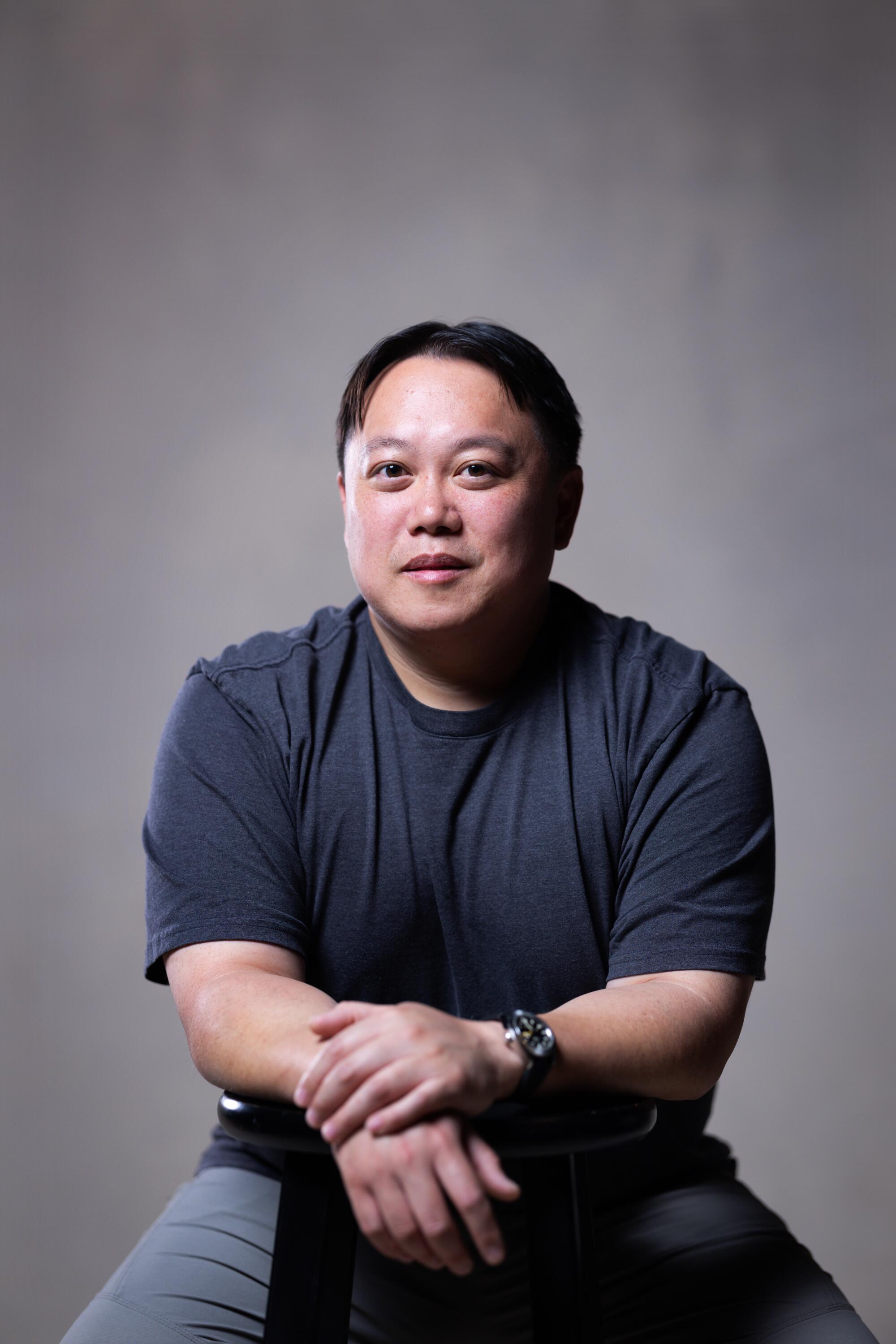Your favorite restaurant’s fish with the buttery texture and pronounced taste might not be fresh — and that’s by design.
Fishmonger Liwei Liao meticulously dry ages fish in climate-controlled refrigerators, extending shelf life by weeks and coaxing unique flavor from snapper, salmon, mackerel, branzino, tuna, sea bream and more. His fish crops up on menus across the Southland — and across the country — be it in tacos or on fine dining tasting menus. It’s sold through his Sherman Oaks market, the Joint Seafood, as well as a rapidly expanding wholesale roster that includes some of the world’s most prestigious chefs and restaurants, challenging the perception of how fish is processed and served, helping to eliminate food waste and spreading the gospel of Liao: “Fresh is boring.”
“I’ve always said I wanted to change the way fish has been sold, but I never realized that it would have been at this scale,” Liao said.
A number of cultures have been aging and curing seafood for centuries, though Liao’s techniques — inspired by the process one might find at a high-end steakhouse — certainly popularized the concept since he opened the Joint Seafood in 2018. He currently supplies roughly 30 clients on a weekly basis, with another 60 to 70 accounts that purchase less frequently.

Liao, 41, works with many of the big players in town, including Brothers Sushi and Damian. Local chain Granville recently began serving his aged branzino across its five locations, and Liao occasionally supplements the fish at Michael Cimarusti’s two-Michelin-starred Providence, which now operates its own dry-aging fridges on-site. Beyond Los Angeles, celebrity chefs such as Dominique Crenn call in individual orders for private dinners and events, while the Catbird Seat, in Nashville, also counts itself a client. A new account with Station Casinos marks Liao’s recent foray into Las Vegas.
Spec Fisheries, Liao’s new high-volume production center in Vernon, is slated to open this fall; large aging chambers, as opposed to the Joint’s smaller refrigerators, should help process roughly 30,000 pounds of fish each week, compared with the 4,000 to 6,000 pounds that Liao currently processes a week. A second location of the Joint — with 4,000 square feet of retail space and its own output of 10,000 pounds of fish processing per week — is set to open in the Arts District near Little Tokyo next year. Anticipating so much product, he’s been turning his eye toward eliminating food waste even further with a new hand-roll restaurant, Uoichiba. The fast-casual sushi counter serves his repurposed, dry-aged “off cuts” — high-quality trim — as temaki and with miso bone-broth soup in Culver City’s Citizen Public Market food hall, as well as at the Joint.
Next time you visit your favorite L.A. restaurant, look for “dry-aged” on the menu — and then note the condensed, buttery texture and clean, pronounced flavors. You most likely will have Liao to thank.


